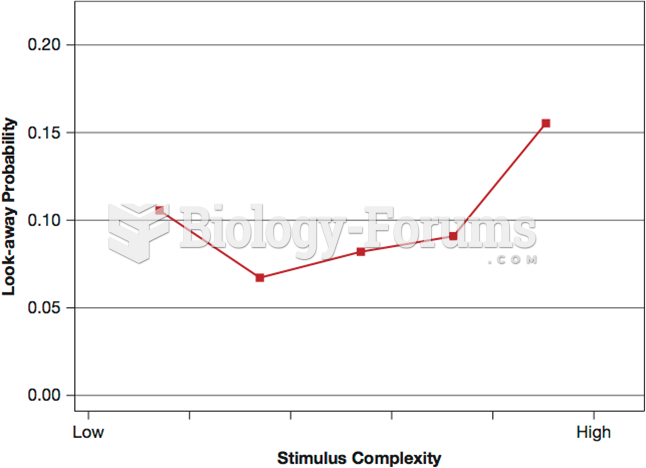|
|
|
The top 10 most important tips that will help you grow old gracefully include (1) quit smoking, (2) keep your weight down, (3) take supplements, (4) skip a meal each day or fast 1 day per week, (5) get a pet, (6) get medical help for chronic pain, (7) walk regularly, (8) reduce arguments, (9) put live plants in your living space, and (10) do some weight training.
Famous people who died from poisoning or drug overdose include, Adolf Hitler, Socrates, Juan Ponce de Leon, Marilyn Monroe, Judy Garland, and John Belushi.
Eat fiber! A diet high in fiber can help lower cholesterol levels by as much as 10%.
In the United States, there is a birth every 8 seconds, according to the U.S. Census Bureau's Population Clock.
There are approximately 3 million unintended pregnancies in the United States each year.







